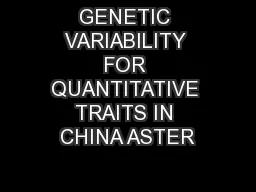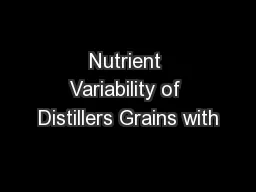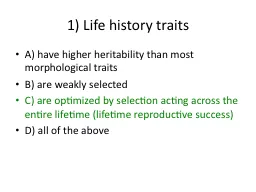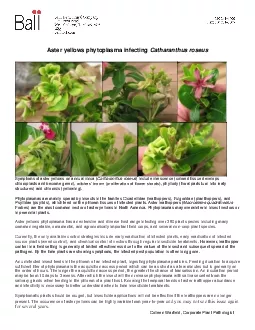PPT-GENETIC VARIABILITY FOR QUANTITATIVE TRAITS IN CHINA ASTER
Author : pasty-toler | Published Date : 2016-09-10
Callistephus chinensis L NEES Rajiv Kumar Gayatri Khangjarakpam T Manjunatha Rao and MV Dhananjaya Division of Ornamental Crops ICARIndian Institute of Horticultural
Presentation Embed Code
Download Presentation
Download Presentation The PPT/PDF document "GENETIC VARIABILITY FOR QUANTITATIVE TRA..." is the property of its rightful owner. Permission is granted to download and print the materials on this website for personal, non-commercial use only, and to display it on your personal computer provided you do not modify the materials and that you retain all copyright notices contained in the materials. By downloading content from our website, you accept the terms of this agreement.
GENETIC VARIABILITY FOR QUANTITATIVE TRAITS IN CHINA ASTER: Transcript
Download Rules Of Document
"GENETIC VARIABILITY FOR QUANTITATIVE TRAITS IN CHINA ASTER"The content belongs to its owner. You may download and print it for personal use, without modification, and keep all copyright notices. By downloading, you agree to these terms.
Related Documents














